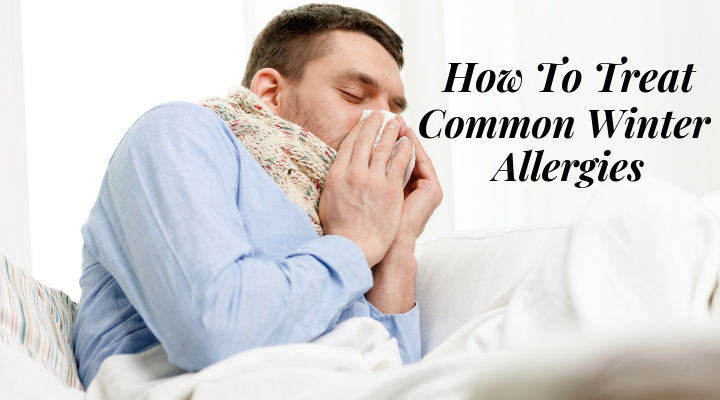How To Treat Common Winter Allergies

If you suffer from winter allergies, you’re not alone. Millions of people experience these same reactions even though they may never realize the symptoms are caused by allergies. Commonly, symptoms include watery and itchy eyes, sneezing, coughing, and runny nose, though other symptoms may also manifest. Whether your symptoms are mild or severe, understanding how your environment affects your allergies is the first step in helping yourself to feel better.
Be Wary of Indoor Mold
Mold flourishes in damp or humid areas of the home, so you should be especially watchful for its presence in your basement, bathroom, and under sinks. Since winters are especially damp and cold, mold is more common during these months. It’s a good idea to watch for leaks or any dampness in the home by making regular inspections of problem areas. Allergists, such as Dr. Summit Shah, warn that using a humidifier can worsen the situation. If you need to use a humidifier to keep the air from getting too dry, investing in a hygrometer can help you measure the moisture levels in the home. Ideally, moisture should be kept at 35% to 45% as consistently as possible.
Make Dust Mites Unwelcome
Dust mites thrive in fibers and porous materials, so you should expect to find them in your carpets, upholstered materials, and bedding. These tiny creatures thrive in environments that are warm and damp. Although living dust mites may bite and cause allergic reactions, it’s their leavings that really causes the problem. Their feces and their dead bodies accumulate wherever dust gathers. For this reason, the best way to minimize allergic outbreaks is to frequently clean carpets, bedding, and upholstered furniture. Since the dry heat produced by the HVAC system can create ideal living conditions for dust mites, be sure to clean regularly throughout the winter months.
Do You Have Pets?
Pet dander is a major culprit as far as allergies go and it has a bigger effect on people in the winter months. In the cooler weather, people open their doors and windows less often, trapping pet dander indoors. Additionally, your pets are inside more often in the winter, which causes dander to build up. To reduce these concentrated levels of dander, have someone groom your pet regularly and wash their bedding regularly. Frequent vacuuming can also help you minimize the presence of pet dander (and dust mites) in your home.
Cockroaches Leave Allergens Behind
Depending on which part of the country you live, cockroaches may be a bigger problem. While they are unsightly and represent a nuisance, they can also cause allergic reactions in some people. As they move around the home, they leave feces that can cause outbreaks of allergy symptoms. To minimize their presence, be sure to keep food tightly contained. It’s also wise to wash off plates and utensils before each use, so you’re not ingesting cockroach droppings. Hiring a pest control service to spray your property can also help make your home inhospitable to cockroaches.
More Ways to Keep Your Home Allergen-Free
There are some things you can do to minimize your exposure to multiple allergens in the home. For instance, replace carpeting with tiles or hardwood flooring to minimize the accumulation of pet dander, dust mites, and other nuisances. Similarly, fixing leaks, cracks, and filling crevices around the home can limit accessibility. This will keep pests, like cockroaches, from getting inside, while also protecting against mold and mildew.
In many cases, your winter allergies may be manageable with a few lifestyle changes. If you experience more severe symptoms, consulting your doctor or an allergist may be in your best interests. In addition to treating your symptoms with medication, your caregiver may suggest lifestyle changes to help you live a better quality of life.
Category: Uncategorized
